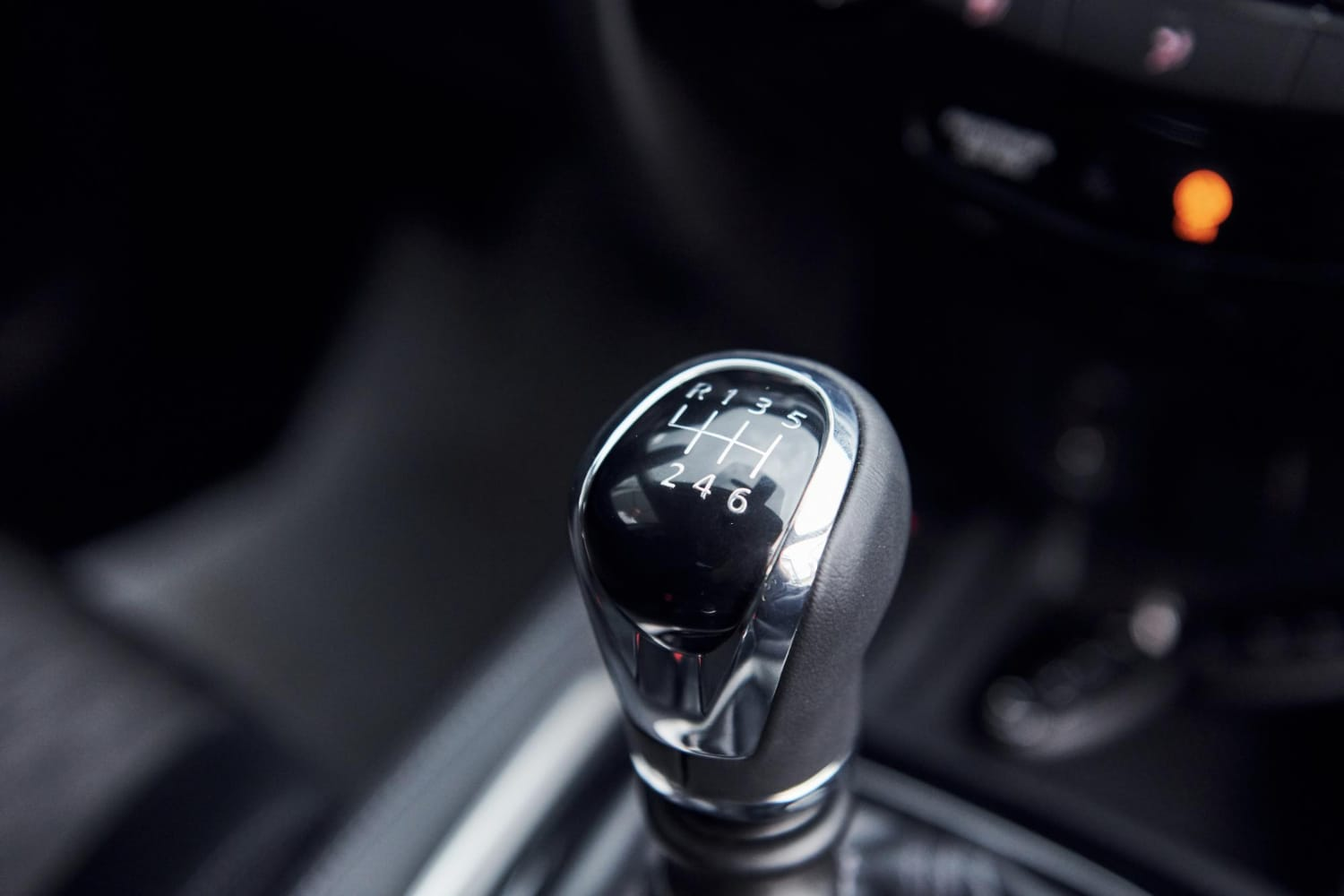
The automotive industry has evolved significantly over the past century, with powertrain technologies advancing to meet the demands for efficiency, performance, and environmental sustainability. Today, consumers can choose from a variety of powertrain options: gasoline, diesel, hybrid, and electric. Each technology has its own set of advantages and disadvantages, making it important to understand their differences to make an informed decision when purchasing a vehicle.

Gasoline Powertrains
Gasoline engines are the most common powertrain technology, known for their widespread availability and established infrastructure. These internal combustion engines (ICEs) operate by igniting a mixture of air and gasoline within the engine cylinders to produce power. Gasoline engines are praised for their performance characteristics, including high power output and smooth acceleration.
However, gasoline engines have notable drawbacks. They are less fuel-efficient compared to other powertrain options and produce higher levels of carbon dioxide (CO2) emissions, contributing to air pollution and climate change. Despite advancements in technology, such as turbocharging and direct fuel injection, gasoline engines still face challenges in meeting increasingly stringent emission standards.
Diesel Powertrains
Diesel engines, another form of ICE, operate similarly to gasoline engines but use diesel fuel. Diesel engines are known for their fuel efficiency and torque, making them popular in heavy-duty vehicles like trucks and buses. They achieve higher thermal efficiency due to their higher compression ratios and lean burn combustion process.
Diesel engines emit less CO2 per mile than gasoline engines, but they produce higher levels of nitrogen oxides (NOx) and particulate matter (PM), which are harmful pollutants. This has led to stricter emission regulations and the need for complex after-treatment systems like selective catalytic reduction (SCR) and diesel particulate filters (DPF). Despite these challenges, diesel engines remain a viable option for applications requiring high fuel efficiency and torque.

Hybrid Powertrains
Hybrid vehicles combine an internal combustion engine with one or more electric motors and a battery pack. There are different types of hybrid systems, including mild hybrids, full hybrids, and plug-in hybrids (PHEVs). Mild hybrids use electric motors to assist the engine, improving fuel efficiency and reducing emissions. Full hybrids can operate on electric power alone for short distances, while PHEVs have larger batteries that can be recharged via an external power source, allowing for extended electric-only driving ranges.
Hybrids offer several advantages, such as improved fuel economy, reduced emissions, and the ability to drive short distances on electric power alone. They are particularly effective in urban driving conditions, where regenerative braking can recharge the battery. However, hybrids are generally more complex and expensive than traditional ICE vehicles due to the dual powertrain components.
Electric Powertrains
Electric vehicles (EVs) rely entirely on electric motors powered by batteries, eliminating the need for an internal combustion engine. EVs produce zero tailpipe emissions, making them the most environmentally friendly option. They offer smooth and quiet operation, instant torque, and lower operating costs compared to ICE vehicles.
The main challenges for EVs are limited driving range, longer refueling times, and the availability of charging infrastructure. However, advancements in battery technology are continuously improving range and charging speeds. Government incentives and the growing network of charging stations are also helping to mitigate these challenges.
Conclusion
Understanding the different powertrain technologies—gasoline, diesel, hybrid, and electric—is crucial for consumers making informed decisions about their next vehicle purchase. Gasoline and diesel engines offer performance and efficiency but come with environmental trade-offs. Hybrids provide a balance of fuel economy and reduced emissions, while EVs represent the pinnacle of environmental sustainability with zero tailpipe emissions. As technology continues to advance, each powertrain option will play a role in shaping the future of transportation, catering to diverse needs and preferences.





